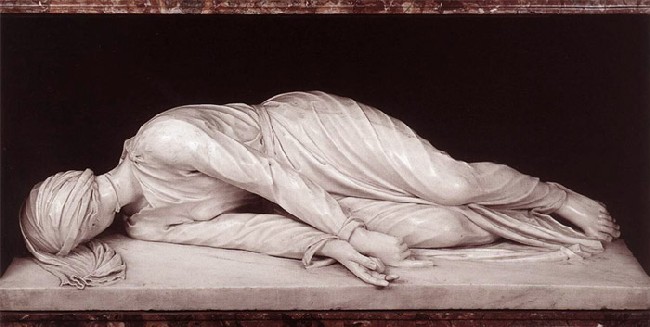
Michael writes an interesting and substantive blog called “The Catholic” which is a “journal of [his] experience as a Catholic and a Benedictine oblate.” Michael is becoming an oblate novice tomorrow, March 21, 2009, on a feast day for St. Benedict. Congratulations Michael.
His comments on this blog are equally thoughtful. Recently I wrote a blog on the current society’s loss of its memory of monasticism.
In contrast to the state of the current culture, I quoted Dom Knowles in his 1929 book “The Benedictines” that in 1929, in England, “The past glories of monasticism are deeply imbedded in the historical consciousness of us all.”
In my blog, I bemoaned that before becoming an oblate, I had no historical consciousness of monasticism at all.
Michael’s comment was that “The author [Dom Knowles] writing in England in the 1920's was definitely writing from a place and time where things spiritual were still held in respect by much of society even if they didn't practice it themselves.”
Michael’s comment gave a good insight into another way in which monasticism was a part of the culture in the past: the effect of presence. In addition to any direct involvement of a monastery in the lives of its surrounding community, monasticism can also impart its presence to those who may not have any desire to know about or enter into the monastic spirit.
Monasticism can touch lives without any contact at all:
In 1309 "three busy officials of the King of England, Edward I.... had been sent to the last remaining fragments of the King's regions in France, and specifically to the island of Jersey, to enquire into the state of Royal property. [The officials heard about] two monks, by birth loyal to the King of France, by monastic vow attached to a Norman monastery and by chance of appointment abandoned on a remote outcrop of rock between Jersey and the Cherbourg peninsula. Their rock was truly tiny - at high tide little more than a break in the waves — but the King of England was nevertheless interested in who owned it, and, more particularly, in what its only two residents did. Their answer [provides a good insight into Benedictine life]:
'He who is called Prior and his companion ... dwelling in the chapel throughout the whole year maintain a light burning in that chapel so that the sailors crossing the sea by that light may avoid the peril of the reef ... where the greatest danger exists of being wrecked. These two always perform the divine office.'” From "The Benedictine Handbook," by Anthony Marett-Crosby, Editor.
Some people have direct control of the ship by their hand on the wheel. Others may offer their influence indirectly by tending a light.
____________________________________
The picture is "Porthcawl Harbour Storm" by nick_russill
I missed finishing this blog last night when we lost the electricity for 2.5 hours. But I had some quiet time -- mostly by the light of a flashlight.
Friday, March 20, 2009
Respect for the Influence of Monasticism. A Benedictine oblate blog
Subscribe to:
Post Comments (Atom)









John, I love the imagery of the two ways to guide a ship. That really spoke to me.
ReplyDelete